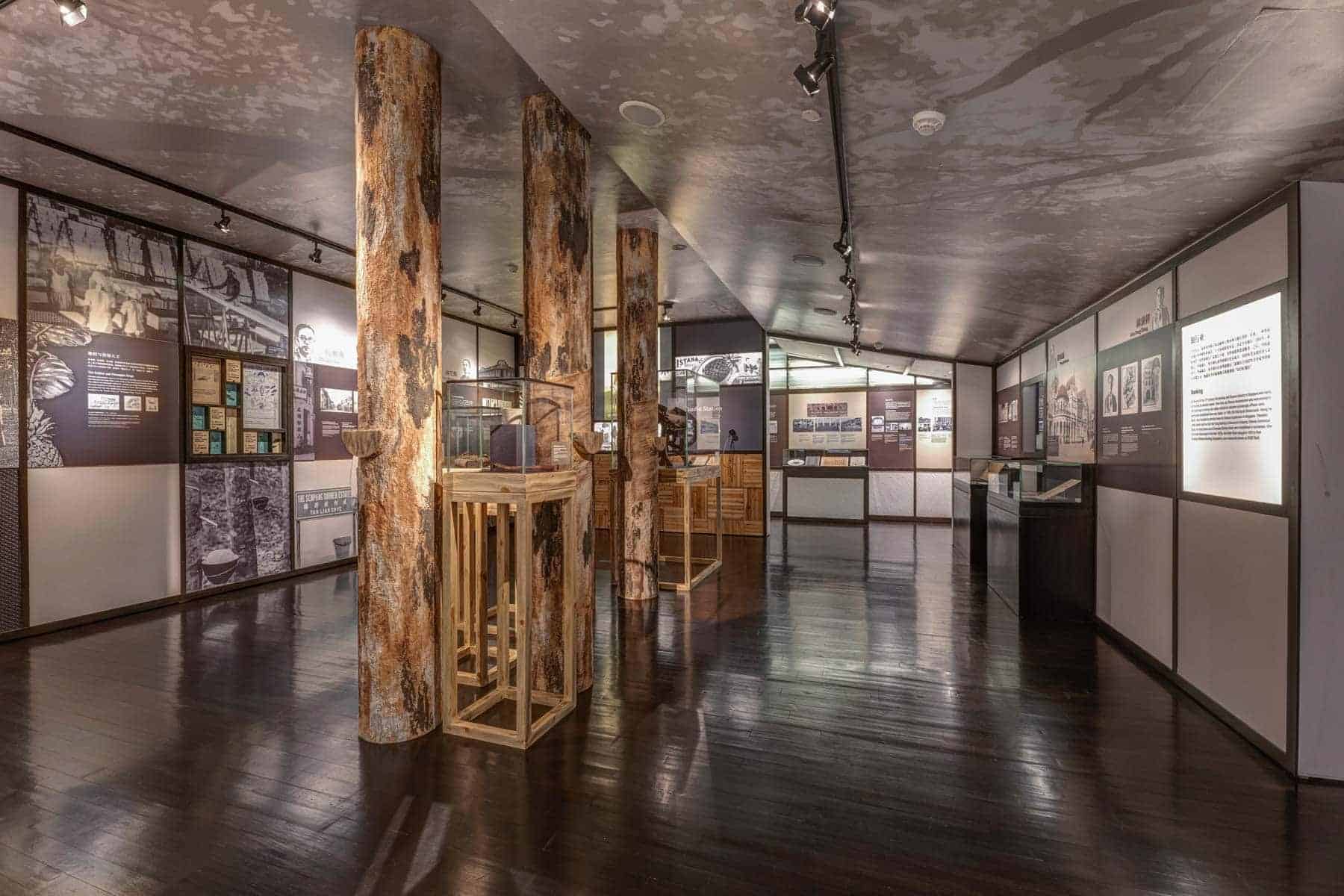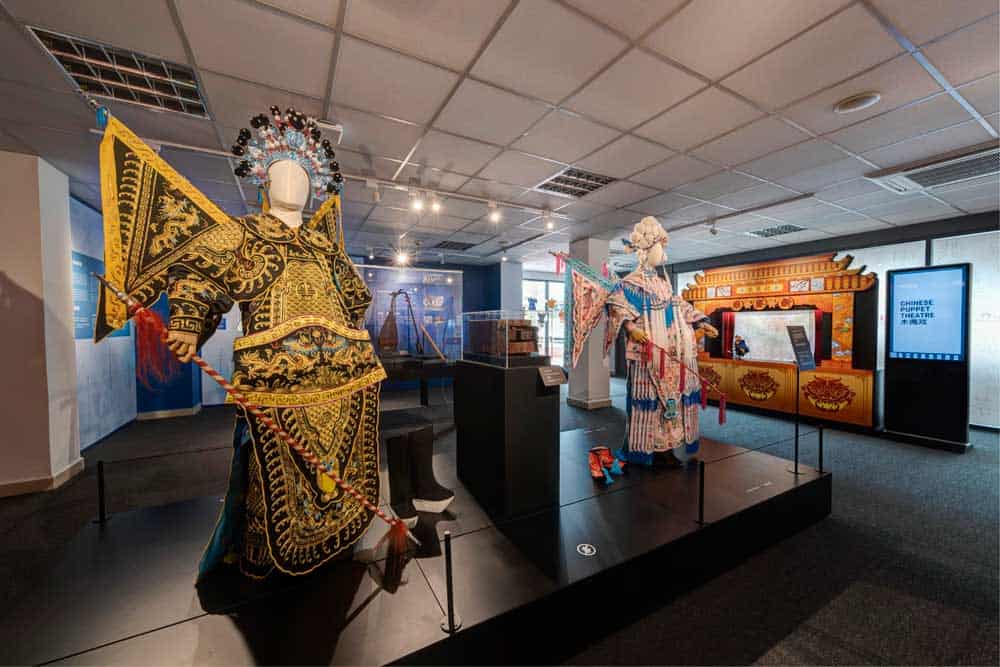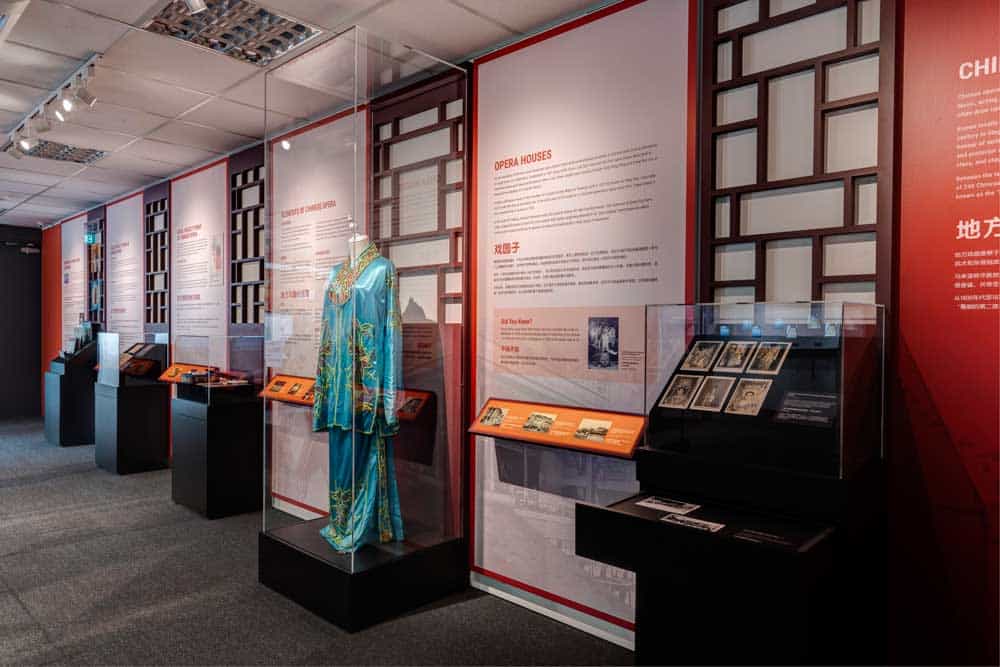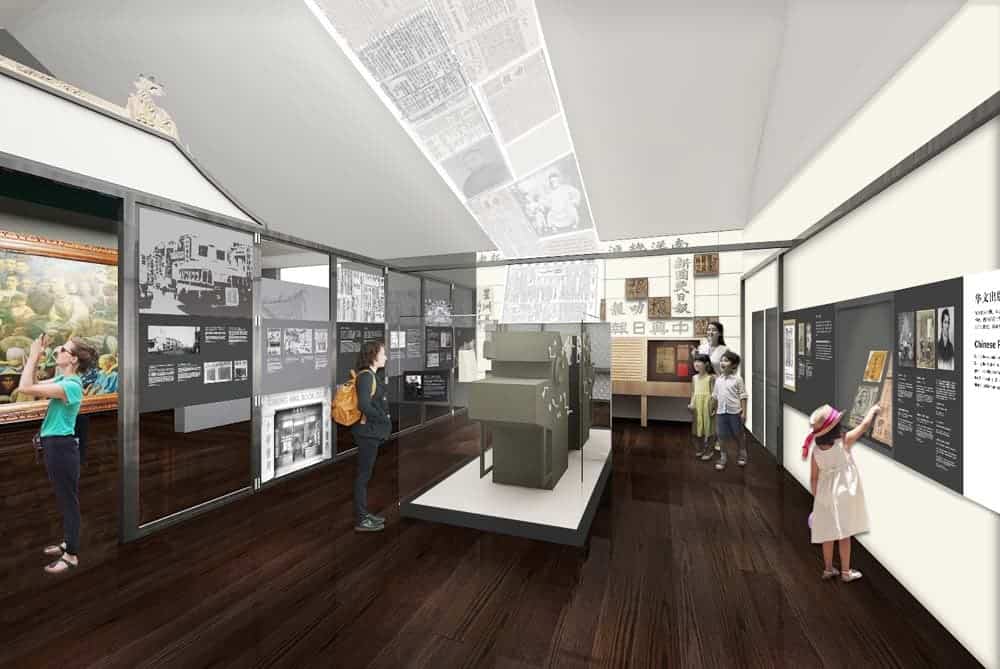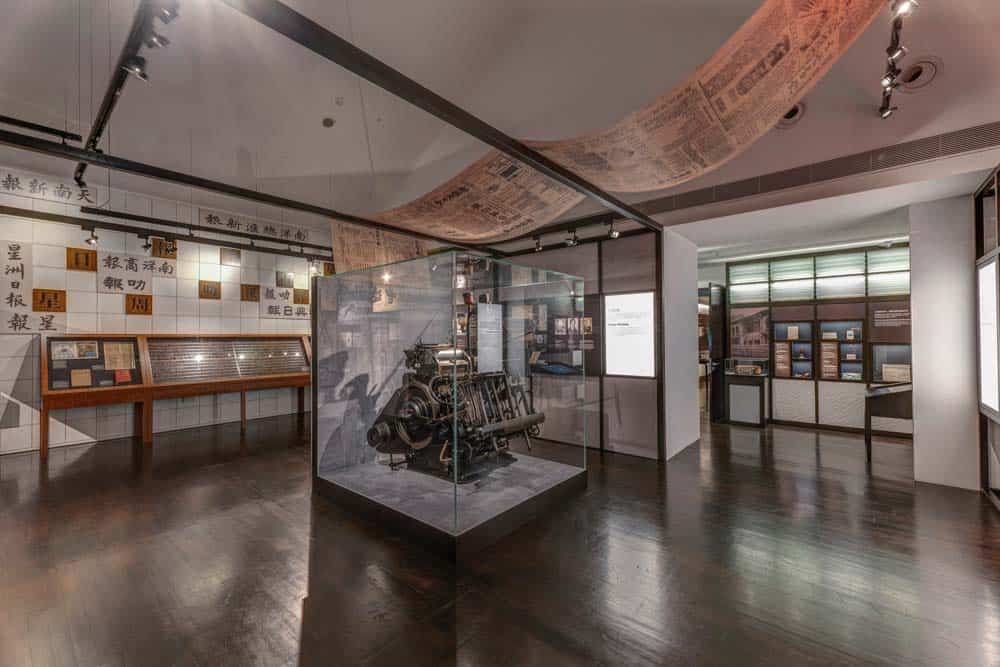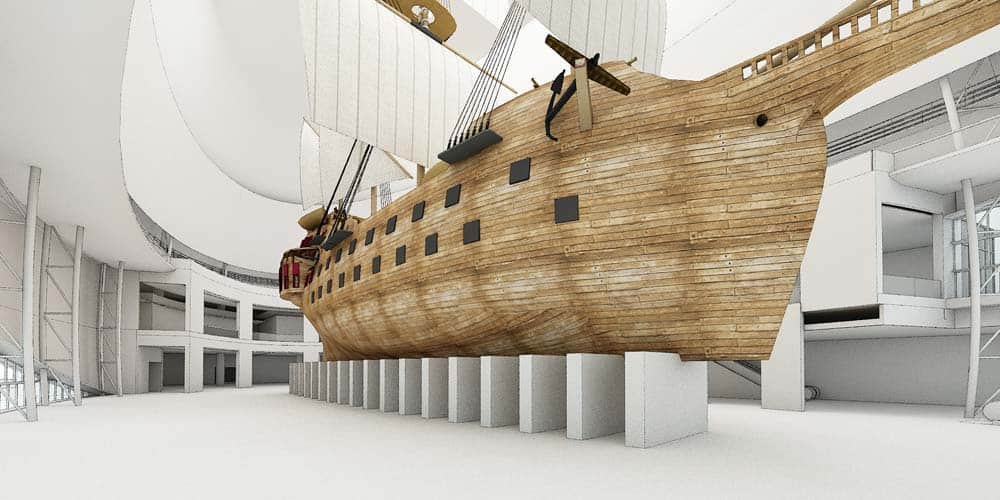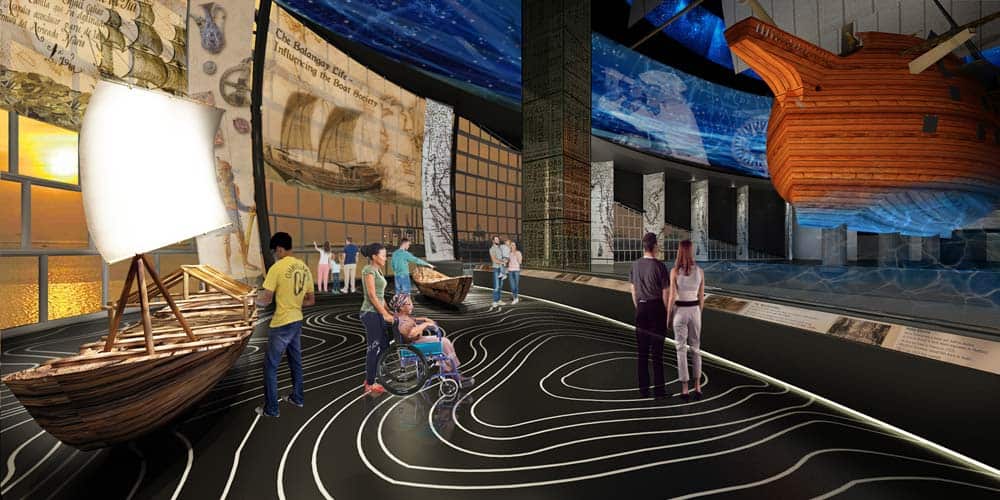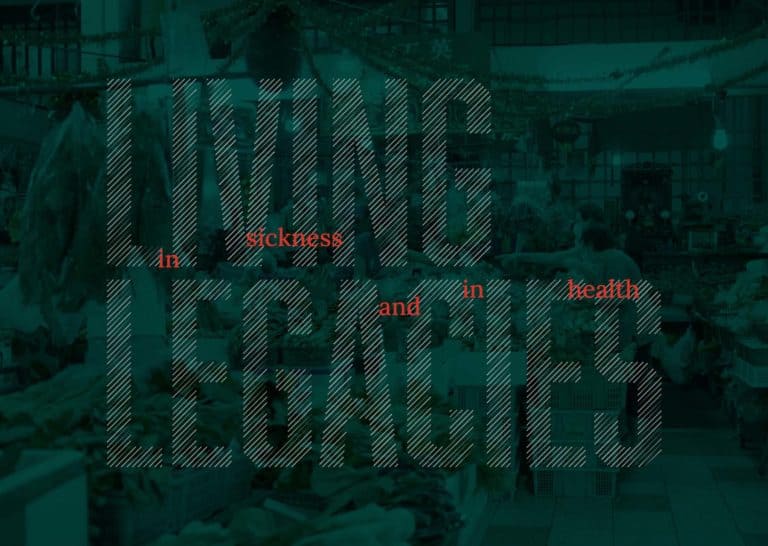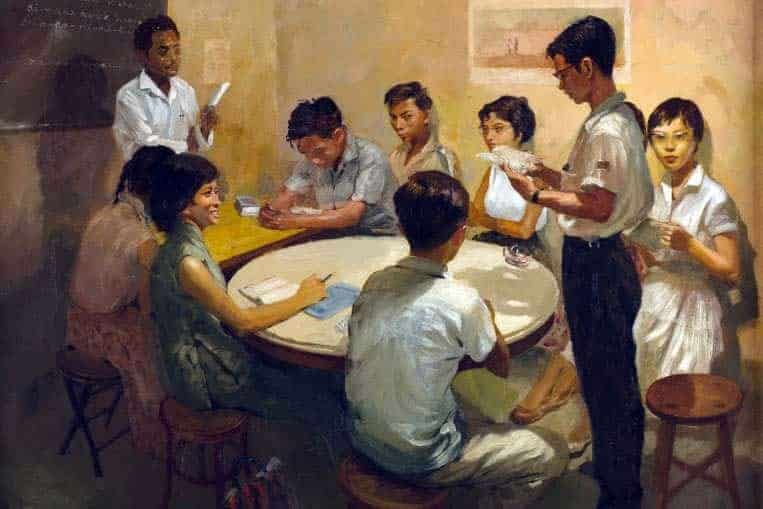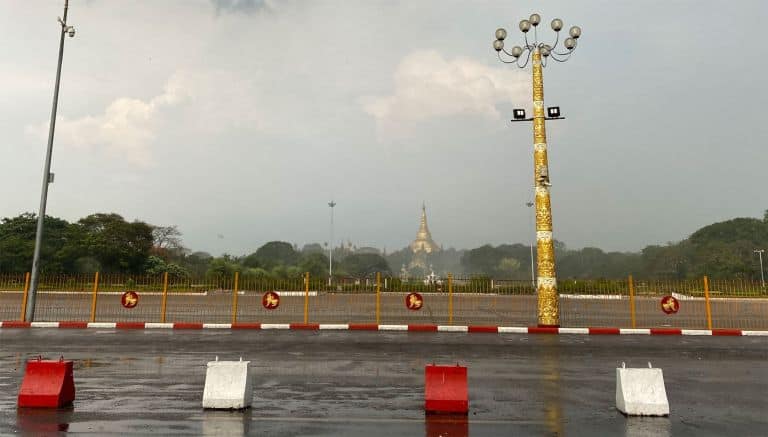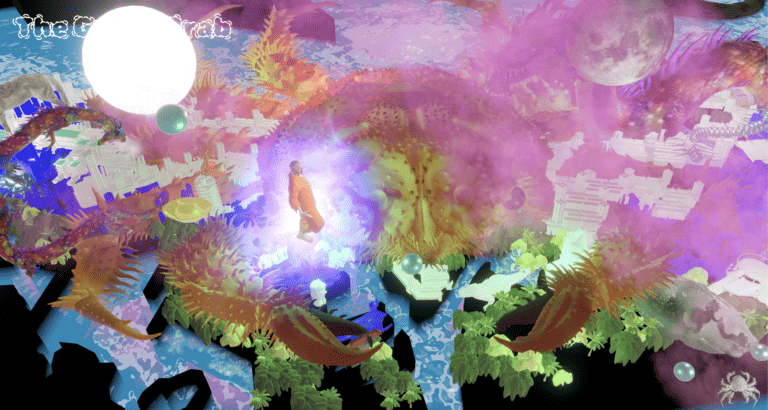Have you ever visited a museum and wondered how it had all come together? How exactly the stories were woven through the physical space and punctuated with artefacts and objects to create a fulfilling learning experience?
Museums are sites of immense potential: the home to a community’s history and culture, a pilgrimage to aspiring artists and historians, a place of curiosity and discovery for visitors of all ages, a shared learning experience for families, and much more. Every museum offers a unique experience to its diverse audiences – however, not many people are aware that each one of those unique experiences is backed by a vigorous research and design process.
I used to be a clueless visitor, wandering through galleries completely oblivious to the fact that I was walking a predicted path. The painting that caught my eye or the artefact that I stopped to examine were all giving me clues to a dialogue or conversation I was supposed to have. An unseen guide, aware of what I was seeking and what I wanted to learn, was leading me from exhibit to exhibit, and they seemed to have the answers to all my questions even before I asked them.
I’ve been working with a design firm that focuses specifically on museum and exhibit experiences for the past couple of years, and it has been enlightening to say the least. My job as a Project Coordinator with Gallagher & Associates Asia has taught me that artifacts are curated but museums are designed, and most importantly, there are way more spreadsheets that go into designing a museum or exhibit than you would think.
From the learning outcomes to the visitor flow, our job as experience designers requires the dedication of an artist to his masterpiece. The message, the colour palette and the sequence in which every element takes form has to be thoroughly considered and perfectly executed to birth a unique, engaging work of art for the viewer.
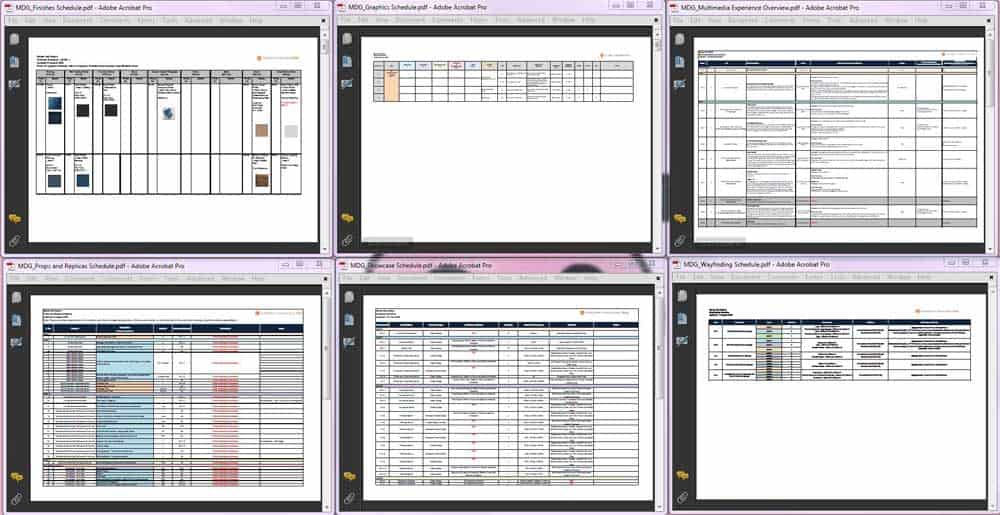
The process of designing a museum, like any other art form, begins with a story. The narrative dictates everything from the colour of the walls to the methods of displaying artifacts. The very first project I worked on was a small heritage gallery at the Kreta Ayer Community Centre that communicated the history of traditional art forms like Chinese opera and puppetry, calligraphy as well as music in Singapore. The vibrant story of the pioneering Kreta Ayer People’s Theatre informed our design – dramatic colours adorned the walls while curious puppets, grand costumes and intricate make-up boxes found a home in glass showcases scattered around the space.
Visualising a narrative and translating it into a physical space, which we call “designing and fabricating” a gallery or museum space, can take anywhere from six months to six years depending on its size. The real work begins once the curators and museum scriptwriters have solidified a narrative framework for the museum or gallery, along with details of the artefacts that would bring the stories to life. The designers borrow elements like intricate embroidery on textiles, brush strokes of a painting, structures that allude to a practice or profession or archways of an old building from the narrative to produce inspired sketches and visual renderings for the space.
For a recently completed gallery revamp at the Sun Yat Sen Nanyang Memorial Hall, we transformed a simple showcase housing an old printing press into a stylised, thematic signature piece standing tall at the centre of the gallery.
During the design process, the team considers the needs and expectations of every type of visitor – from a casual browser to a museum nerd like me, from a grandpa in a wheelchair to a toddler eager to learn – and maps out visitor journeys for each. These visitor journeys inform everything from the flow of the narrative to the minor details like the length of a video projection. While the design process continues, the management team also works on translating every single detail of the space like finishes, showcases, artefacts, multimedia requirements into meticulous spreadsheets and documents, which, if you ask me, are no less than an artwork themselves.
Museo Del Galeon, a 5000 square-metre dome-shaped museum (about the same size as 70 3-room HDB apartments, all put together in an Esplanade-style architectural marvel) in Manila, Philippines, has been an ongoing project for us for a while. With five galleries, each recounting a different chapter of the galleon trade history and a life-size galleon ship replica sitting in the central atrium, mapping out visitor circulation was a real challenge. The unconventional curved gallery spaces meant that every time we shifted a small section, everything in the adjacent space had to be completely reconfigured. It was nothing like the more common clean black box set-up. The large atrium in the centre also resulted in narrow corridors on both sides of the museum, which made designing all the more complicated. Almost a year of visualising and re-visualising (and stacks and stacks of spreadsheets later), we have finally completed the design and the museum is ready to go into construction.
Once the design of a museum is complete, as in the case of Museo Del Galeon, majority of our remaining responsibilities include ensuring that the design vision is translated to life as efficiently and closely as possible. That’s pretty much how it all comes together, like a giant work of thoroughly-researched conceptual art.
It probably comes as no surprise that the onset of the pandemic has changed the game when it comes to designing museum experiences. From encouraging people to interact with exhibits, we now look towards alternative solutions for visitor engagement. Gesture-based technologies, experiences that unfold on a visitor’s personal device and tactile interactives operated by foot have begun to creep into our designs. But, that’s the reason that we exist I suppose, to continue to advance, innovate and modify the way in which people experience exhibitions and museum spaces.
It has been an incredible learning journey transitioning from a clueless visitor to the keeper of all the behind-the-scenes secrets. The next time you visit a museum, see if you can spot the tell-tale signs of how the experience was shaped specifically for you by forces unseen – from the path you take to the artefacts you interact with. Compare your experience with that of your family and friends’ and see if you can tell: which category of visitor did we put you in?
______________________________
Feature image: The recently completed gallery titled Chinese Business Pioneers at the Sun Yat Sen Nanyang Memorial Hall designed by Gallagher & Associates Asia. Image courtesy of Gallagher & Associates Asia.
